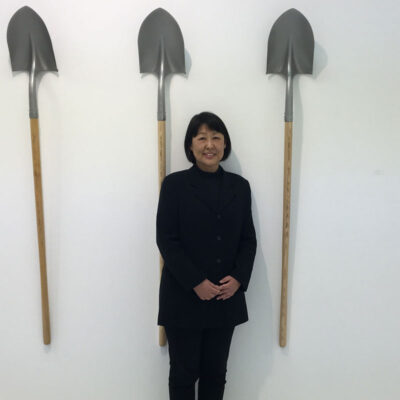This series presents interviews of professionals in diverse fields who view Japanese culture from overseas. The interviewees are people the author has met through her work in publishing.
What unknown stories are to be found as we peel back the layers of tradition and culture?
Page Index
I interviewed London-based art historian Sophie Richard, author of The Art Lover’s Guide to Japanese Museums (2014 and 2019). Visiting Japan regularly from 2004, she has been steadily visiting art and other kinds of museums and cultural facilities to explore their character and attractions.

Sophie Richard
Born in Provence, France, and educated at the École du Louvre and the Sorbonne in Paris, Sophie Richard is an art historian and art writer, currently residing in London. Since 2004 she has visited Japan frequently for research about its art and other museums as well as cultural facilities. Through her The Art Lover’s Guide to Japanese Museums and other books and articles, she has worked to transmit information about the attractions of Japan’s museums to the world.
In 2014, Sophie Richard published her book The Art Lover’s Guide to Japanese Museums (Japan Society) to share her research and experiences with overseas visitors. Introduced by the Wall Street Journal as a comprehensive guide for “educated art enthusiasts with little to no knowledge of Japanese,” it has been widely discussed and appreciated.
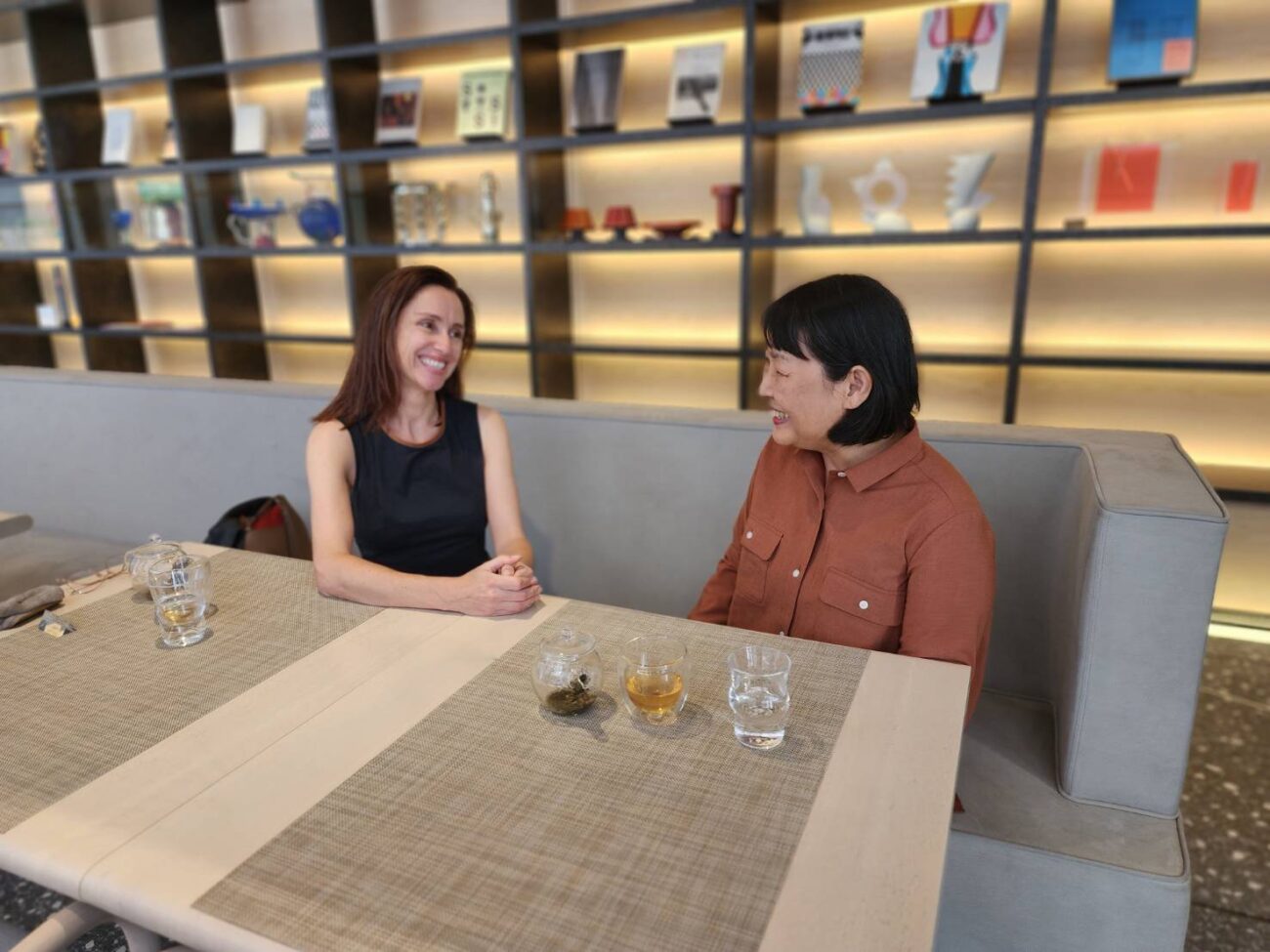
Encounter with Sophie
I first met Sophie (as I call her) in October 2012, more than 10 years ago. A curator friend contacted me, telling me there was a French researcher who wanted to publish a book on Japan’s art museums. We met at our company’s office in Jinbocho, Tokyo at that time.
My first impression was of a woman of very refined manner, who said little and listened intently to what I had to say. But as soon as our conversation turned to Japanese art museums, she began to speak enthusiastically, her expression lively and full of the passion she feels for her subject.
“Japan has many large and small art and other museums—quite a remarkable number compared to other countries. But there is very little information about them available in English, so except for a few famous art museums, they are not well known overseas. I’ve made up my mind that I will write a guidebook for overseas visitors. I plan to publish it in London a year from now.”
Sophie wanted to learn how she might best market her book in Japan. I explained the ins and outs of Japan’s complex distribution system, but I wasn’t sure that she really understood. Still, not only was I curious to know what kind of book she would produce, but much impressed with her personally, so I asked her to send me a review copy as soon as proofs were ready.
The PDF I received a year later showed a very stylishly designed volume introducing 50 art and other museums in Japan. There were plentiful photographs, interior and exterior shots as well as examples of works in each museum. As one might expect of a guidebook, it was rich in content, full of information and advice about how to visit the museums, and all of it was “living information,” because she had gained it through her own footwork and research. We quickly arranged the necessary contracts for sales in Japan through the Japan Society, the original publisher, and in May 2014 Sophie’s plan to sell in Japan was fulfilled.
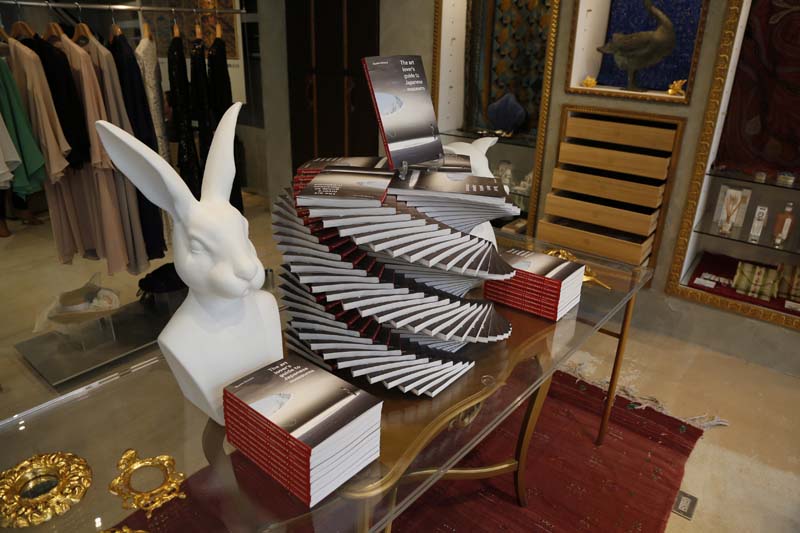
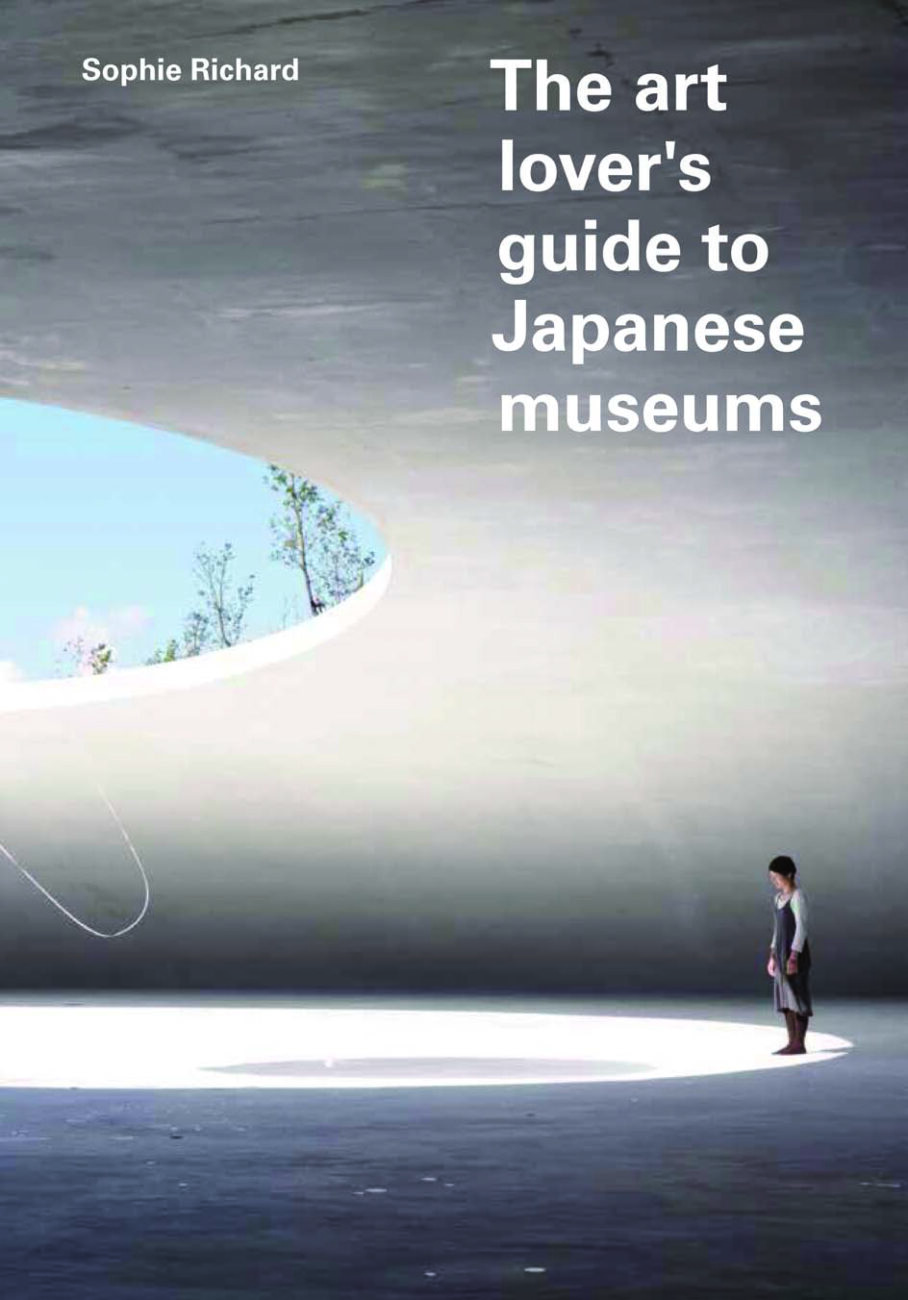
Sophie Richard
Publisher: Japan Society
Distributor in Japan: Bookend Publishing Co. Ltd. (Tokyo)
Savoring Museums with the Five Senses
Sophie’s book, the first English-language guide to Japan’s museums to be published in 30 years, drew considerable attention in Japan as well as overseas. As mentioned above, it was designed for foreign visitors to Japan, including things to keep in mind when preparing to visit (for example, that the famous Irises screens at the Nezu Museum are on exhibit only during certain periods), it covers access, the history and architecture of the museum, main works in the collection, and notes about the surroundings, along with detailed information about the outstanding features of each individual museum.
The theme of “savoring museums with the five senses” runs through the book, alerting visitors to pay attention to how it feels to remove one’s shoes and walk on tatami mats, to enjoy the fragrance of rooms perfumed with incense, observe how a folding screen looks within a dimly lit room, and turn one’s ear to the sounds of the wind and trees while in a gallery. As a visitor from overseas herself, Sophie chose to center her book on the facets of experience that travelers will remember.
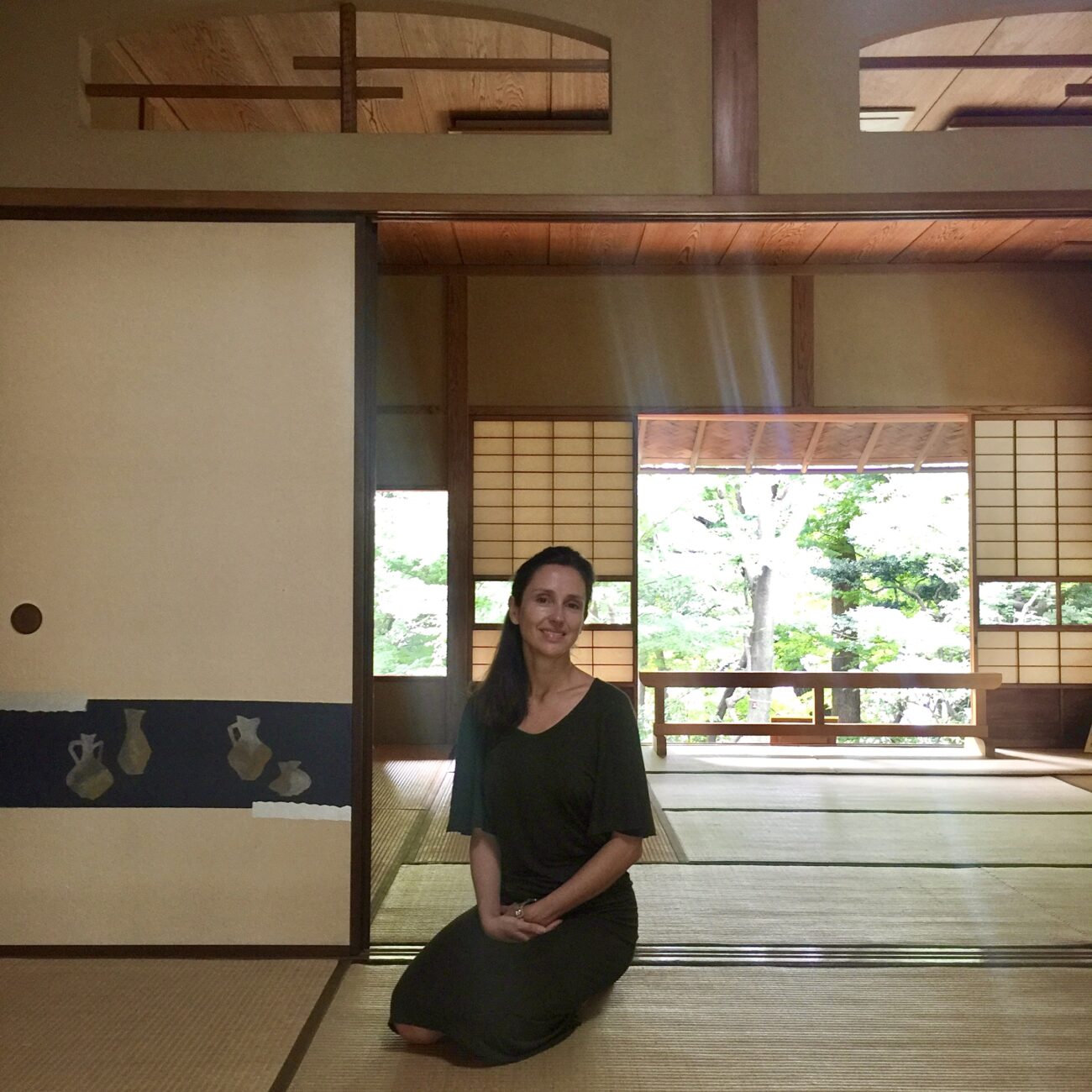
For example, on the pages covering the Kyu Asakura House (Shibuya, Tokyo) she writes: “Once visitors have removed their shoes, they can enter the two-storey wooden building and walk the tatami-covered rooms freely…. Here visitors must sit down on the floor to enjoy the scenery. The apertures, uniting the architecture and the garden, frame ideal views of the trees and showcase the subtle calculated balance between a tended garden and nature left free” (p. 38). Regarding Kawai Kanjiro’s House in Kyoto, she writes: “The [Kawai] family lovingly runs the museum and keeps Kawai’s spirit alive. Visitors are free to sit on chairs and touch the furniture,” her commentary bringing the reader a sense of immediacy as would a reporter doing a live-broadcast. And at the end, it does not fail to add information on the surroundings: “The Kyoto National Museum is a short walk away” (p. 104).
Probably the greatest attraction of this book is that you can vicariously experience the places that Sophie visited even if you are elsewhere entirely.
Later the book was translated into Japanese, and in 2016 it was published as Furansujin ga tokimeita Nihon no bijutsukan (The Japanese Museums that Captured the Imagination of a French Art Historian). In 2018, when the satellite channel BS11 began an art program of the same title, Sophie herself served as host (the program continued until September 2019). During that same period, she continued her energetic research on more art and other museums around the country.
The driving force behind this work was in part the messages of thanks Sophie had been receiving from readers who had actually visited the museums after reading her book, and at the same time there was a groundswell of demand for more information about art museums in local areas. In response to that demand, and with her eye on her next book, Sophie went into action. In the autumn of 2019, a revised and expanded edition of her book was published.
The original guide listed 50 museums, but the 2019 edition (published by Modern Art Press) was enlarged to cover 112 museums all over the country from Hokkaido to Okinawa. Soon after that, of course, the coronavirus pandemic hit, and tourists visiting Japan dropped off sharply; for about three years, it seemed there was no chance for the revised, expanded edition.
In October 2022, Sophie joined commissioner of the Agency for Cultural Affairs Tokura Shun’ichi in talks while walking around the Tokyo National Museum and the Kyoto National Museum, and the videos of those talks, titled “Invitation to Japanese Beauty,” are available on the Agency for Cultural Affairs website.
I asked Sophie to talk about cultural tourism in Japan today, as visitors from overseas are returning to Japan and activities are returning to the way they were before the pandemic.
—What was it that made you want to write a guidebook?
I first came to Japan in 2004. I visited Kinosaki and stayed in a ryokan inn. I got dressed up in a yukata and strolled around the town. I toured the various hot springs . . . It was an immensely exciting trip, as I was able to go to the Inland Sea island of Naoshima and see the museums there and also to see Zen gardens in Kyoto. A Japanese friend accompanied me, introducing me to all sorts of things as we traveled and really making that first experience of Japan go very smoothly for me.
After that I came back to Japan many more times and I did what I do wherever I travel; I visited museums. I found, however, that it was quite difficult to obtain accurate information about art museums and topics related to them, and even once I made it to a museum, the amount of material available in English was extremely limited.
The number of museums in Japan is astonishingly large, and when I realized how little known they are outside Japan I thought I’d like to investigate them and make their content known to people in other countries.
First I tried writing a number of articles, but there was such a wealth of material that I knew it would easily make a book. I could make known how numerous Japan’s museums are, and I thought I could also introduce the ones that I myself would select as especially worth visiting.
In addition, I would explain the purpose of each museum and who had founded it; I could describe the size of the collection and the building. I wanted to introduce to readers the individual stories of each one.
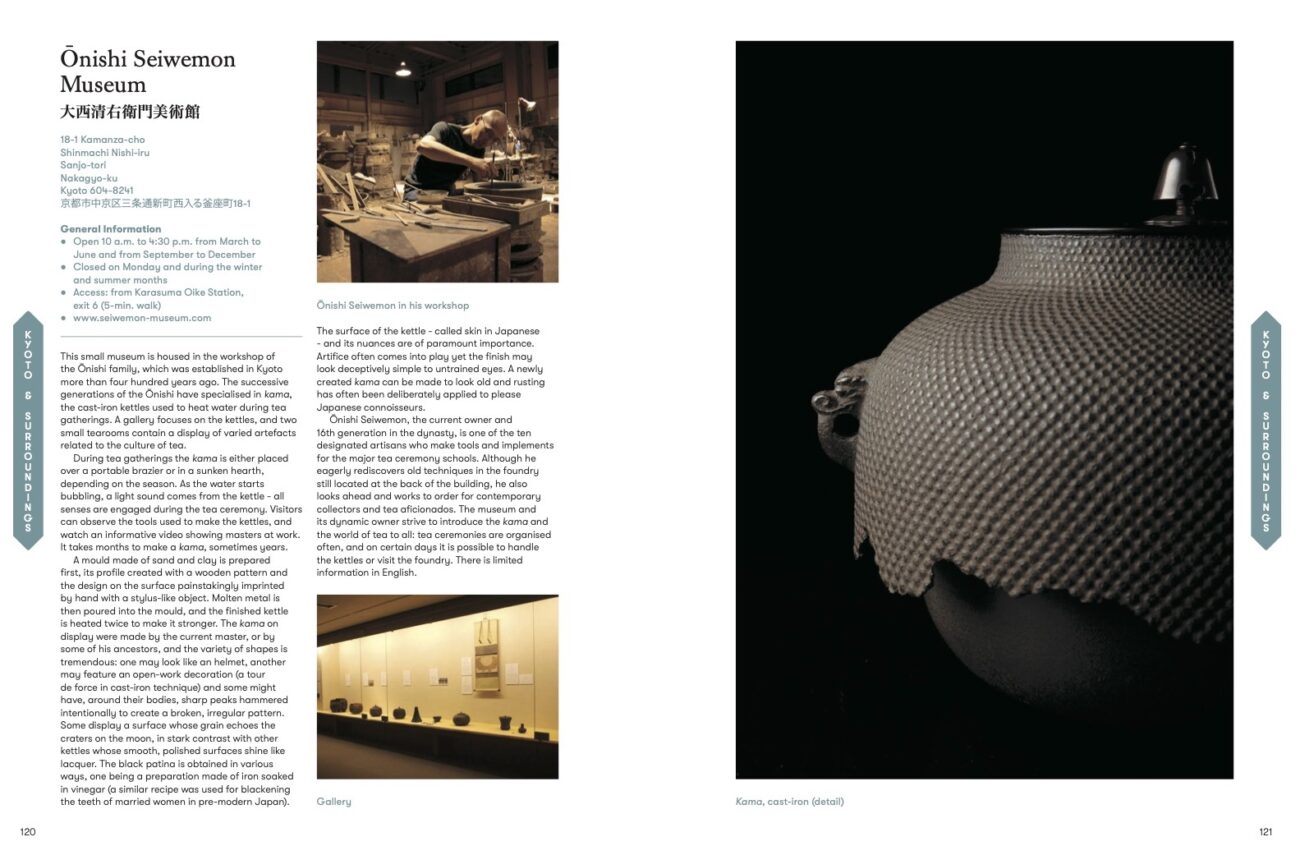
—Other than your guidebook, you have been helping to make local culture better known by bringing attention to Japan’s small museums, haven’t you?
A few years ago, I participated in a project to promote a local network of museums in the Izumo region of Shimane prefecture.
Izumo Heritage Museums: https://izumomuseums.org/
Each one of this group of small museums is really outstanding, but especially for overseas visitors, not much information was available, so their existence is hardly known at all outside of Japan. So we networked them under the distinctive theme of “private museums exhibiting the historical heritage,” and we created a site to provide high-quality information in five languages (Japanese, English, French, Korean, Traditional Chinese, and Simplified Chinese).
I think this project is significant in that it can shine the spotlight on small museums that are located some distance from metropolitan areas and richly reflect the local culture of their area.
These museums are important because they transmit the attractions of specific locales, but also because overseas tourists are keenly interested in discoveries and experiences that are off the beaten track of well-known tourist attractions.
—It was in autumn 2022 that you participated in the Agency for Cultural Affairs project mentioned earlier.
In October 2022 I was invited by the Agency to participate in the video series “Invitation to Japanese Beauty,” and the videos of my talks with Commissioner Tokura in Kyoto and Tokyo are available on YouTube.
I was very honored to have been able to appear in the first two videos of that project, which is aimed at people all over the world.
As in the case of the network of small museums in the Izumo region, through participating in projects to promote Japan, I hope to help clarify the kinds of expectations overseas visitors have of Japan, what they are interested in, and what they would like to know or find difficult or unpleasant.
For that purpose, I try to write, not so much as a journalist specializing in art, but mobilizing as much as possible my perspective as someone from outside.
To establish connections with different cultures and gain understanding of each other is extremely important. And that is why I try—while doing my best to be sensitive—to not only articulate my ideas but also to maintain a critical view as well.
—As a person who plans tours of Japan for art lovers from Europe and the Americas, what are some of the things you think Japan’s museums could do to improve?
The most important thing is to make available high-quality translations of up-to-date information.
In a museum in the West, the availability of plentiful information about works in the galleries is simply taken for granted. I find that visitors from Europe and the Americas expect to be able to obtain more information from panels or captions and commentaries on works.
Another issue is that stereotypes about Japanese culture should be avoided as much as possible. Unfortunately, such expressions still dominate many pamphlets and other texts.
For example, when mentioning a historical figure in a text, it is not enough to simply describe the person alone. For visitors from abroad who do not know the history of the country, it is necessary to supplement the texts with reference information that will help them understand the background or by explaining specialized terms (for example, about the culture of tea or the special post-town inns called honjin).
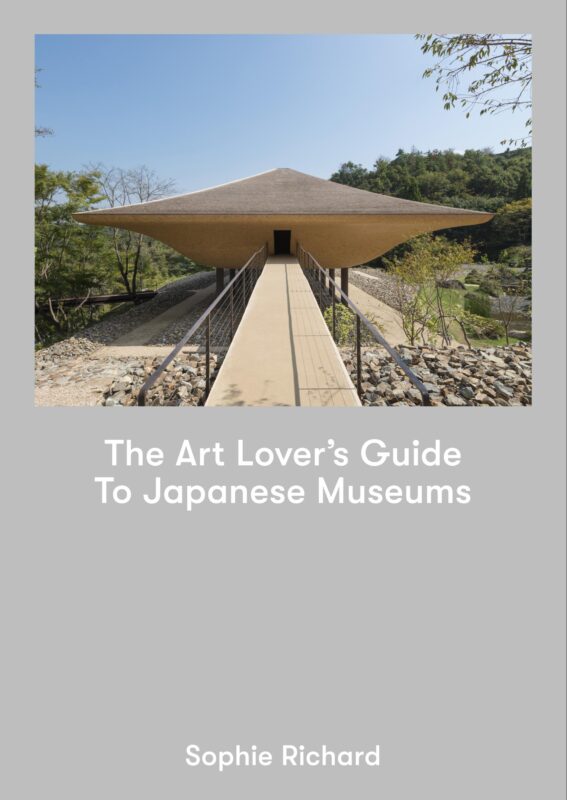
Book information
The Art Lover’s Guide to Japanese Museums, expanded edition, 2019
Sophie Richard
Publisher: Modern Art Press (London)
Distributor in Japan: Bookend Publishing Co. Ltd. (Tokyo)



